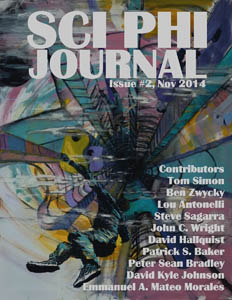[E]very mind knows and is certain concerning itself. For men have doubted whether the power to live, to remember, to understand, to will, to think, to know, and to judge is due to air, to fire, or to the brain, or to the blood, or to atoms… or whether the combining or the orderly arrangement of the flesh is capable of producing these effects; one has tried to maintain this opinion, another that opinion.
On the other hand who would doubt that he lives, remembers, understands, wills, thinks, knows, and judges? For even if he doubts, he lives; if he doubts, he remembers why he doubts; if he doubts, he understands that he doubts; if he doubts, he wishes to be certain; if he doubts, he thinks; if he doubts, he knows that he does not know; if he doubts, he judges that he ought not to consent rashly. Whoever then doubts about anything else ought never to doubt about all of these; for if they were not, he would be unable to doubt about anything at all.
—St. Augustine, On the Trinity, book 10, chapter 10
Edward Feser has an interesting discussion of this matter over at his blog, for those philosophically inclined.








Recent Comments